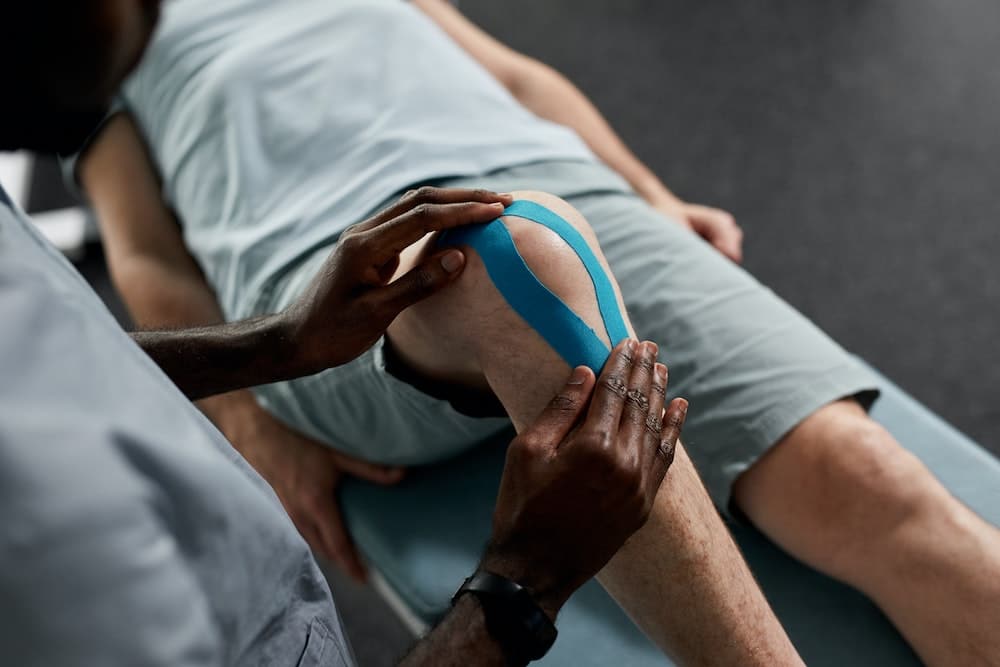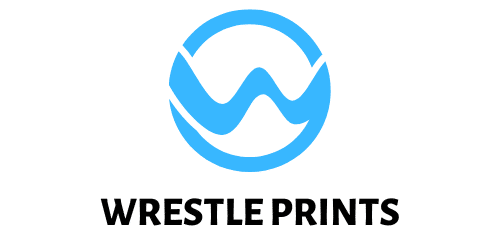What Are the Best Practices for Exercising an English Bulldog with Hip Dysplasia?

As English Bulldog owners, you may be aware that this particular breed is prone to certain health conditions. Among these, hip dysplasia is a common issue that can cause significant discomfort and impaired mobility in your pet. Understanding how to properly exercise a Bulldog with hip dysplasia could substantially enhance their quality of life.
Understanding Hip Dysplasia in Dogs
Before diving into the best practices for exercising a Bulldog with hip dysplasia, it’s important to understand what this condition entails.
A lire en complément : What’s the Ideal Bathing Frequency for a Dog with Atopic Dermatitis?
Hip dysplasia is a genetic disorder that affects the joint of a dog’s hip. The joint is a ball-and-socket structure, and in a dog with a healthy hip, these parts fit together perfectly. In a dog with hip dysplasia, however, the joint doesn’t develop properly. The ball and the socket don’t fit together as they should, resulting in painful rubbing and grinding instead of a smooth, gliding movement.
This condition is particularly prevalent in larger breeds, including the English Bulldog. If your Bulldog is diagnosed with hip dysplasia, don’t panic. While there’s currently no cure for the condition, there are steps you can take to help manage their pain and ensure they live a happy, fulfilling life.
A découvrir également : What Are the Best Toys for Enhancing Cognitive Function in Senior Dogs?
Recognizing the Symptoms and Getting a Diagnosis
It’s crucial to recognize the symptoms of hip dysplasia early, as prompt treatment can help slow the progression of the disease and manage your pet’s discomfort.
Common symptoms include difficulty rising, limping, decreased activity, unwillingness to run or jump, and changes in gait. If you notice these signs in your Bulldog, it’s important to seek a vet’s expertise immediately. They will likely perform a physical examination and may recommend X-rays to confirm the diagnosis.
Once the condition is diagnosed, the vet will recommend a treatment plan based on the severity of the condition. This could range from lifestyle modifications, such as diet and exercise changes, to medication, supplements, and in severe cases, surgery.
Tailoring the Exercise Regime
While hip dysplasia may limit your Bulldog’s mobility, it does not mean that exercise should be completely eliminated. You must tailor the exercise regime to suit your pet’s condition and ensure their comfort and safety.
Firstly, regular, gentle exercise can help strengthen the muscles around the hip joint, thereby reducing the pressure on the joint itself. However, high-impact activities such as jumping or running on hard surfaces should be avoided as they can exacerbate the condition.
Swimming is a fantastic low-impact exercise for Bulldogs with hip dysplasia. The buoyancy of the water supports your dog’s weight, reducing strain on their joints while allowing them to move and strengthen their muscles.
Short, regular walks can also be beneficial. However, remember to keep the pace slow and steady and avoid steep inclines or uneven terrain.
Implementing a Balanced Diet and Supplements
Coupled with a tailored exercise regimen, a balanced diet can help manage your Bulldog’s condition. Carrying excess weight puts extra strain on your dog’s already compromised hip joint, and can increase their pain. Therefore, maintaining an optimal weight is crucial.
Provide your Bulldog with a balanced, nutritious diet that will support their overall health and well-being. Your vet may also recommend specific supplements to support joint health. Glucosamine and chondroitin are commonly recommended for dogs with hip dysplasia, as they can help rebuild cartilage and slow down its degeneration.
Considering Physical Therapy or Surgery
In severe cases of hip dysplasia, your vet may recommend physical therapy or even surgery. Physical therapy is a non-invasive treatment that can help improve your dog’s mobility and reduce their pain. It might involve exercises to strengthen the muscles around the hip joint, massages to improve circulation, and hot or cold therapy to reduce inflammation and pain.
Surgery is typically considered as a last resort, for cases where the condition is seriously affecting the dog’s quality of life and non-surgical treatments aren’t effective. Hip replacement surgery is the most common procedure for treating hip dysplasia. Post-surgery, your Bulldog will require a recovery period, followed by regular, gentle exercise to regain strength and mobility.
Remember, every Bulldog is unique. Therefore, what works best for one dog may not necessarily work best for another. Always consult with your vet, and ensure that your pet’s exercise regime and overall care plan is tailored to their specific needs and condition.
Embracing a Holistic Approach to Treat Hip Dysplasia
In managing hip dysplasia in Bulldogs, it is imperative to embrace a well-rounded approach that goes beyond exercise and diet. This includes considering joint supplements, physical therapy, treatment options, and possibly surgery for extreme cases.
Joint supplements like Tri-Acta, glucosamine, and chondroitin have proven beneficial for dogs with hip dysplasia. Tri-Acta, in particular, is known for its efficacy in treating joint and cartilage issues in canines. It helps foster joint health by maintaining the structural integrity of joints and connective tissues, thereby promoting mobility and reducing pain.
Physical therapy is another important aspect of managing hip dysplasia in Bulldogs. It comprises a range of exercises and treatments designed to reduce pain, improve mobility, and strengthen the muscles surrounding the hip joint. These might include massages to boost circulation, hydrotherapy for low-impact exercise, and hot or cold therapies to ease inflammation and discomfort.
In severe cases of hip dysplasia where conservative treatment options are ineffective, surgery might be a viable course of action. Common surgical procedures include femoral head ostectomy (removal of the femoral head) and total hip replacement. Both aim to alleviate pain and restore the dog’s quality of life. However, it’s important to discuss in-depth with your vet the possible risks and benefits associated with surgical intervention.
Remember, every English Bulldog is unique, and the treatment that works best for one may not necessarily work best for another. Always consult your vet and tailor your dog’s care plan to their specific needs and condition.
Conclusion: Proactive Management of Hip Dysplasia in Bulldogs
Hip dysplasia in Bulldogs, though a common and often challenging condition, can be effectively managed with a proactive and comprehensive approach. This involves recognizing the symptoms early, getting a prompt diagnosis, and implementing a well-rounded treatment plan that includes a tailored exercise regime, balanced diet, joint supplements, physical therapy, and possibly surgery.
Remember, your Bulldog’s comfort and happiness are paramount. Thus, it is crucial to closely monitor their behavior, regularly consult with your vet, and make necessary adjustments to their care routine as needed. With the right management, Bulldogs with hip dysplasia can lead fulfilling lives, brimming with the joy and vivacity that these lovable dogs are known for.
Ultimately, the key to successfully managing hip dysplasia in Bulldogs lies in understanding this condition well, staying vigilant for symptoms, and prioritizing your pet’s overall health and well-being. Though it might require some extra effort and care, the reward of seeing your Bulldog thrive despite their condition is truly priceless.
